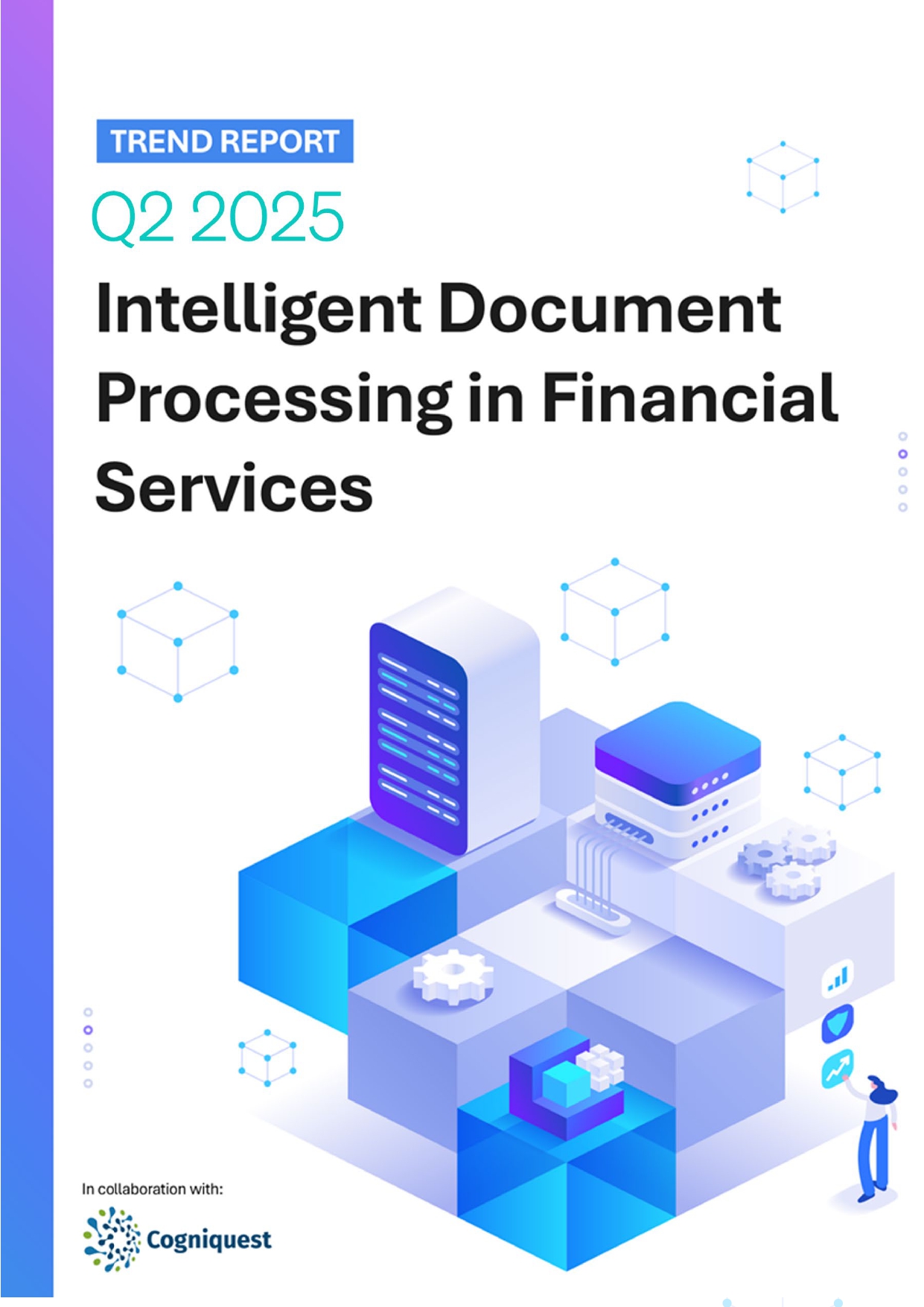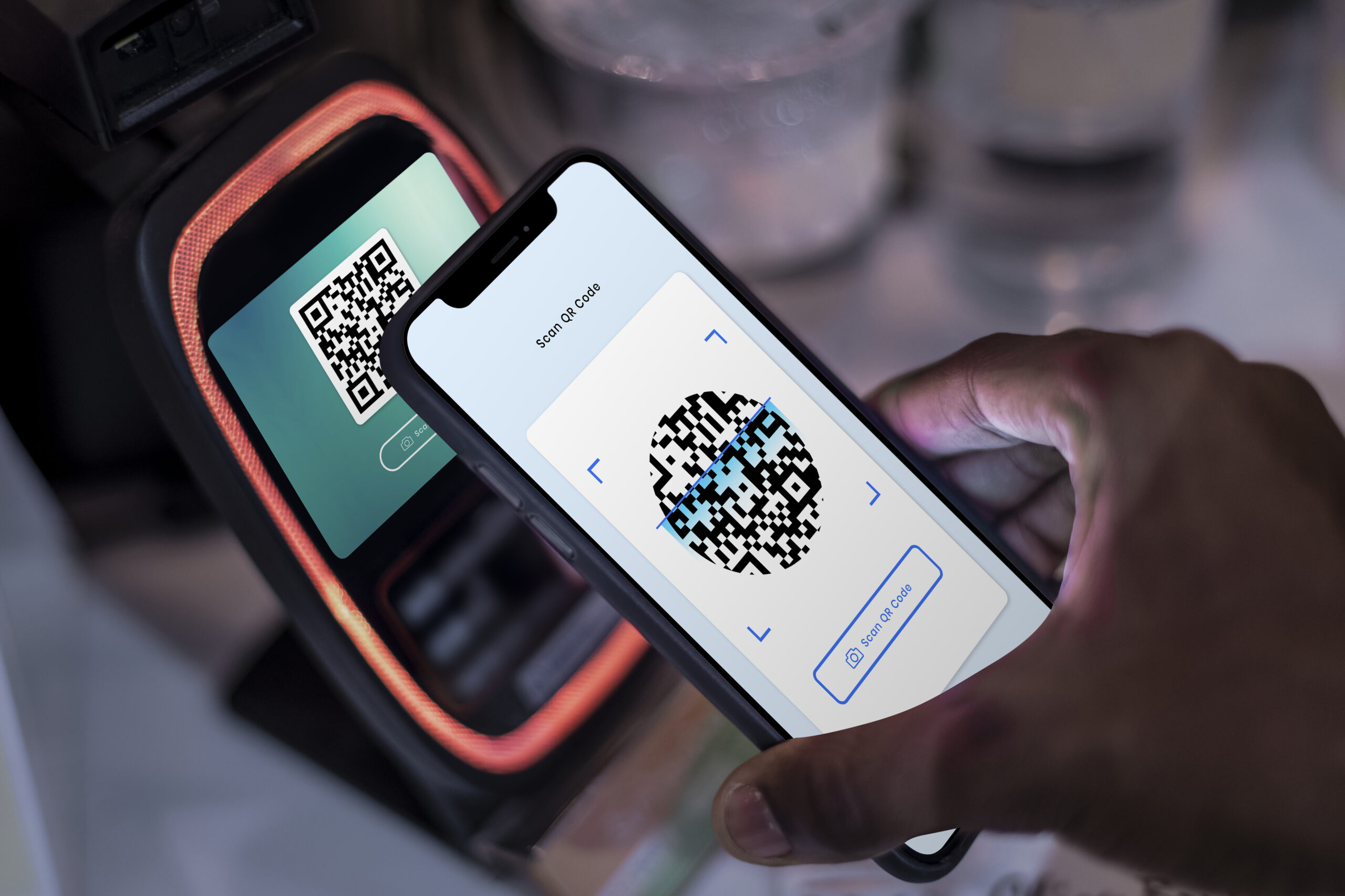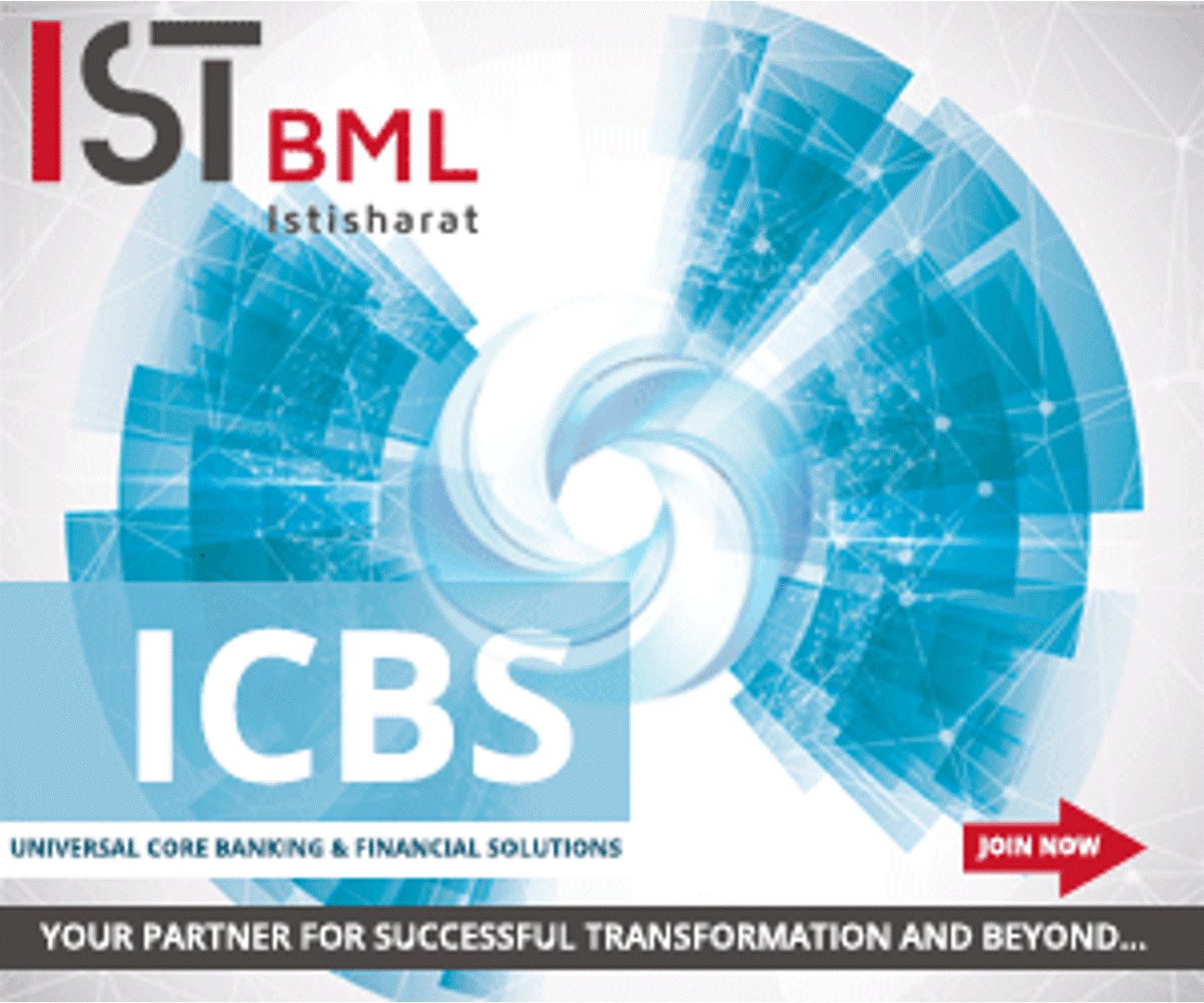 Back
Back
The rise of QR code payments in e-wallet transactions
By Puja Sharma
According to Juniper Research, there will be 4.4 billion unique digital wallet users worldwide in 2025, up from 2.6 billion in 2020. As mobile payments rapidly scale across geography and vertical markets, mobile wallets are leading this 70% growth. A convergence of in-person and remote commerce channels is leading to greater use of mobile wallets than ever before, with online wallets used only for high-value purchases or complex bill payments.
QR code payments leading wallet use
The QR code payments will account for 40% of all digital wallet transactions globally in 2025, down from 47% in 2020. QR code payments are currently playing a leading role, largely due to their ease of use and acceptance, which makes them a critically important area for wallet use.
In the next five years, however, the development of features such as NFC smartphone acceptance will begin to close the gap between the ease of acceptance and convenience. Due to the increasing number of smartphone users in the country, India’s mobile wallet market is growing at a significant CAGR. In addition, consumers are becoming more aware of convenient payment options through mobile wallets; this propels the market forward as well.
As interest and intervention in the merchant payment sector increases, many governments, especially those in developed countries, want to reduce the use of cash to reduce the circulation of counterfeit notes. Additionally, QR codes can improve financial literacy and inclusion, which play a crucial role in the efforts to increase the banked population.
Advantages of QR payments
QR code online payments and mobile payments are quicker than many traditional payment methods. A vendor can set up the code, and consumers can pay for their products and services anywhere, anytime.QR code-based mobile payments are cheap to set up – QR code-based mobile payments are much cheaper than manual point-of-sale equipment.
It is easy to incorporate new financial instruments and tools – when you receive FinTech software development services, you can incorporate payment solutions and even add financial instruments like cryptocurrencies.
A study conducted by BlueWeave Consulting revealed that the Indian mobile wallet market will be worth USD 30.1b in 2020. It is estimated that the market will grow at a CAGR of 46.3% by 2027, earning USD 429.2b in revenue. After the demonetization of the rupee in 2016, mobile wallet transactions spiked dramatically. Several digital wallets have been introduced by the Indian government, including UPI, BHIM, Aadhaar Pay, and Payment Banks, which have reshaped payment processes in the country.
Merchants are increasingly accepting QR code payments. For QR code merchant payments to function effectively, internet connectivity is vital. Due to this requirement, some countries that wish to implement QR technology cannot do so. Nevertheless, there is a noticeable effort to improve coverage in these areas.
India’s mobile wallet market is, therefore, flourishing at a high rate owing to the increasing number of smartphone users and growing awareness among consumers regarding convenient payment options through mobile wallets. In addition, merchants are adopting mobile wallets at a rapid pace due to the lower set-up infrastructure and transaction fees compared to traditional card-based payment systems. However, poor internet connectivity, limited internet accessibility, and risks associated with cybersecurity may severely hamper the market’s growth.
The flourishing e-commerce sector is among the major driving factors for the Indian mobile wallet market. Once a user pays on a shopping site for the first time, the mobile wallet saves their data automatically and enables one-tap payments in the future. This makes it convenient for the customers to make payments without any hassle. Additionally, several e-commerce websites partner with mobile wallet platforms to offer attractive deals and discounts, which are projected to drive market growth over the forecast period.
IBSi FinTech Journal

- Most trusted FinTech journal since 1991
- Digital monthly issue
- 60+ pages of research, analysis, interviews, opinions, and rankings
- Global coverage
Other Related News
Related Reports

Sales League Table Report 2025
Know More
Global Digital Banking Vendor & Landscape Report Q2 2025
Know More
NextGen WealthTech: The Trends To Shape The Future Q4 2023
Know More
Intelligent Document Processing in Financial Services Q2 2025
Know More



